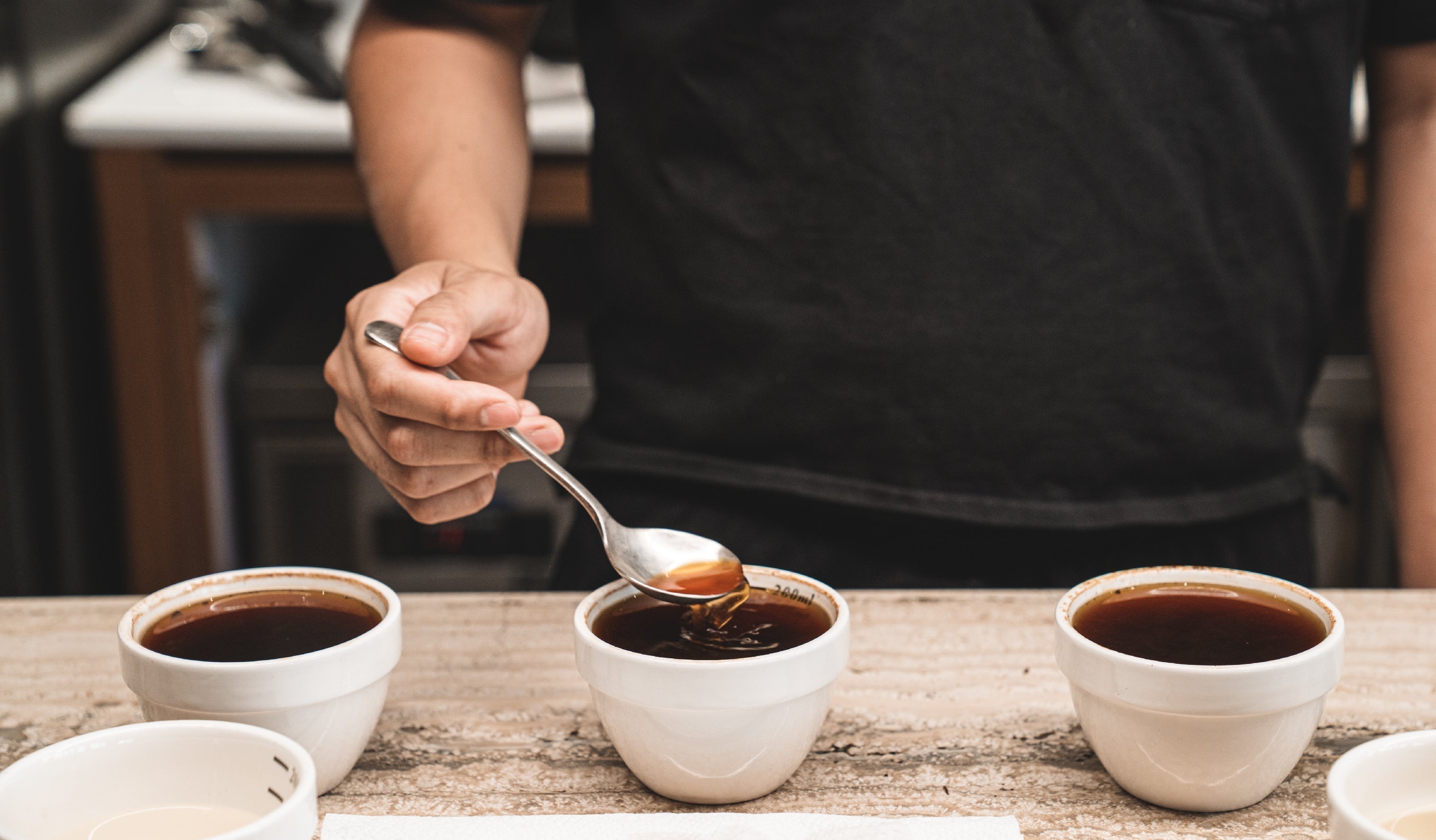For those that have spent some time in the world of specialty coffee, seeing baristas bent over rows upon rows of coffee in small white bowls, smelling and slurping coffee from spoons is an all-too-common sight. For the uninitiated, this activity of cupping is practiced by all forms of coffee professionals and enthusiasts alike!Cupping is the standardised method used across the coffee world to compare the taste and quality of a coffee. Our introduction follows the people that make up a typical supply chain for coffee — who are these people, and why do they cup coffee?
Coffee producers
Beginning with the very people that grow and process coffee cherries into green coffee, some coffee producers cup their own coffee to identify farm-level issues, such as poor growing and harvesting practices, and post-harvest defects, such as the use of contaminated water in processing, uneven drying, or fungal growth on coffee greens.They can then act on this knowledge to refine current practices in the farm, gradually improving the quality of coffee produced in each subsequent harvest.Cupping also allows these coffee producers to be better able to gauge the quality of each crop of coffee that is harvested. It is here that farmers can also decide on sending their best coffee to national competitions, such as the Cup of Excellence program, which aim to uncover the best coffees in the country every year. Great coffees that score highly in these competitions often command higher prices from specialty coffee buyers.
Green coffee buyer
The role of a green coffee buyer is to determine which coffees to purchase for a café, taking into account the purpose of use and directions from the business. Here, cupping is used to identify the characteristics of each crop of coffee and understand the potential of the green coffee.A green coffee buyer also cups the same coffee samples on multiple occasions:the first, often known as a pre-shipment sample, prior to purchase; and the second, a post-shipment sample after arrival at their home country, to ensure that the quality of the coffee has not significantly degraded due to shipping conditions and time.
Roaster
Once the green coffee has passed through our local customs and quality control checks from our green coffee buyer, the greens are delivered to the roastery. Before the greens are roasted for production, a roaster usually roasts a sample of the coffee using a generic roast profile and cups this sample to understand the potential of the coffee, and the adjustments required to bring out the desired characteristics into the cup. This process is repeated until the roaster is satisfied with the roast profile, before proceeding to emulate this in a full production roast.Cupping after the production roast is also key – this time to ensure quality control. The roaster does this to ensure that the roast profile, with all the desired characteristics in the coffee, has been successfully transferred from the sample roast to production before the beans are sent out to the front-of-house to be served to customers.
Barista
As you now know, coffee beans that are brought to the front-of-house have often undergone rigorous quality control tests to ensure that these are ready to be served to customers.However, before serving, a barista also needs to know how best to brew this coffee, and cupping helps to give some insight into what this coffee has to offer. From there, the barista can then determine a preferred approach to bring out the best from the coffee. At the same time, cupping allows a barista to identify the taste profile of the coffee, and better elucidate the tasting notes of the coffee to the customers who visit the café and order that coffee.
Dose: Weighing the coffee beans
Cupping is a great method to compare different coffees side by side in an impartial manner, where the timing and quality of brewing is taken out of the equation – multiple cups can be prepared at the same time, and fair comparisons of tasting notes can be made across the cups of coffee at different temperatures, as the cup changes from hot to cold. In practice, cupping coffee from different regions is a good way of identifying how origins generally influence taste profiles, and cupping coffee of different processing methods is a good way to learn about the flavours characteristic to each processing method. For the home brewer, this is the best way to practice identifying taste profiles of each coffee, and a great activity to do with friends!With the weighing scale, we are also able to adapt and alter brew ratios, providing greater adaptability and control to brewing. For example, some baristas utilise a slightly longer brew ratio (such as 1:16) to convey the structured profile of a coffee in a clear and easy-to-drink cup, while baristas who prefer a more intense and heavy coffee might elect to use a shorter brew ratio.
While it may seem arduous and daunting at first glance, cupping is actually a highly enjoyable and fun activity that can be enjoyed by anyone that is interested in coffee. Most importantly, it can be done at home – stay tuned, and Homeground will show you how.
Journal Archive

Milk in World Barista Competitions
An overview of milk concentration methods in coffee competition, focusing on freezing techniques that enhance milk's qualities for great coffee beverages.

How Coffee Cup Colours Affect Your Drinking Experience
Cross-modal perception of colours on the taste of coffee
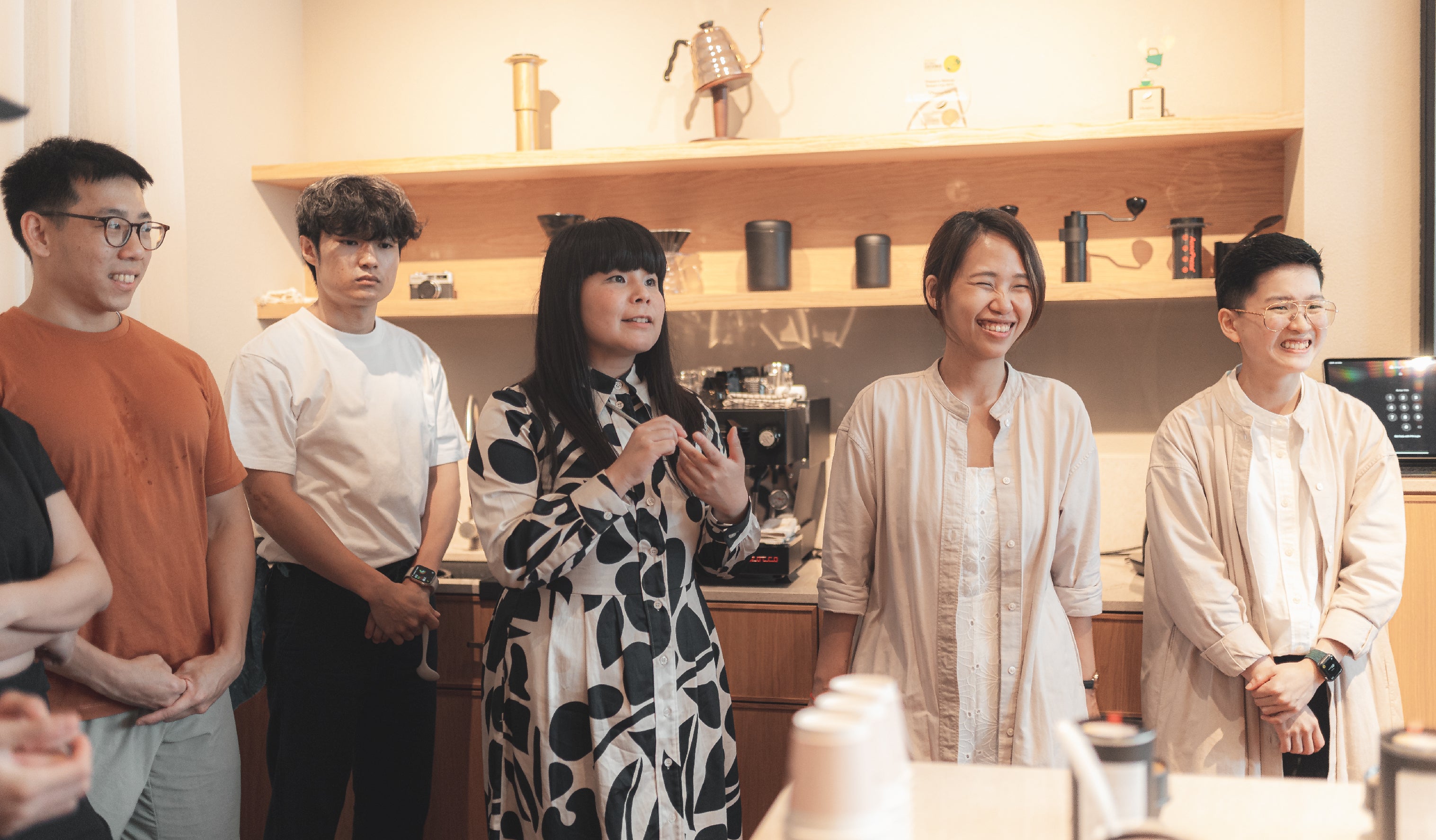
Learning to enjoy more
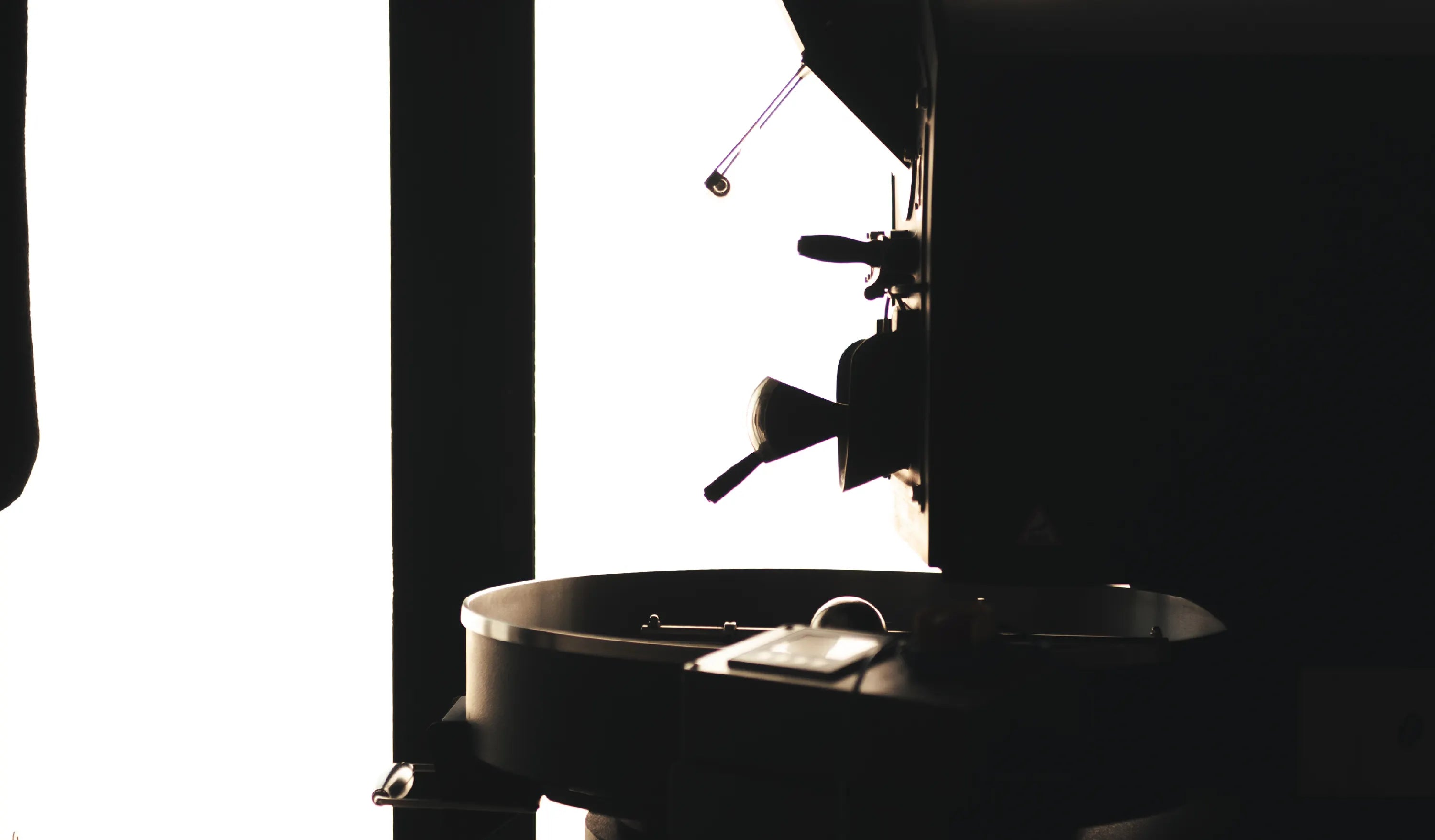
Same Coffees Everywhere, All at Once
Why do local specialty coffee shops serve the same coffees?
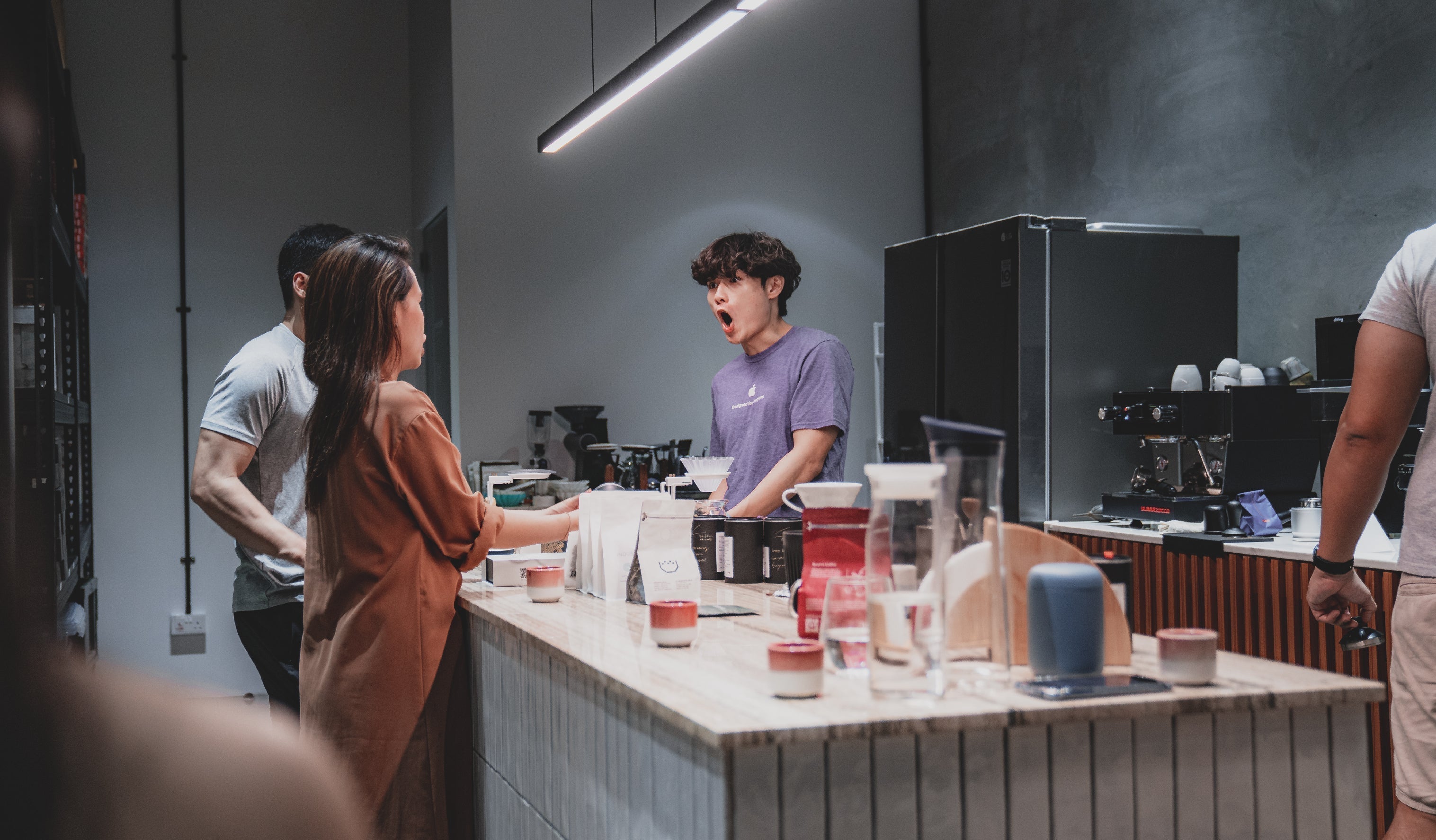
A study of unexpected coffee production nations
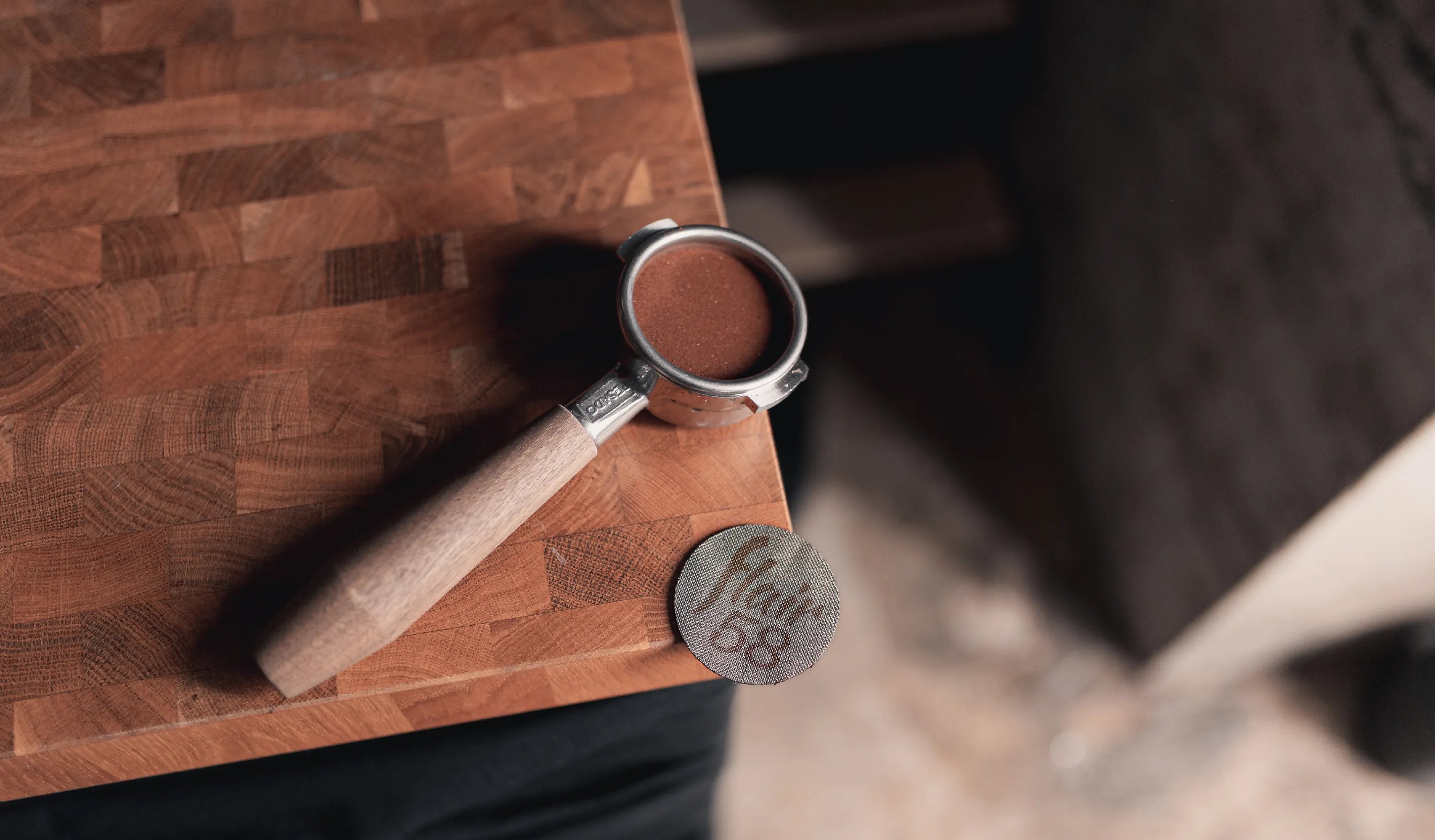
A low down on using puck screens for espresso machines


